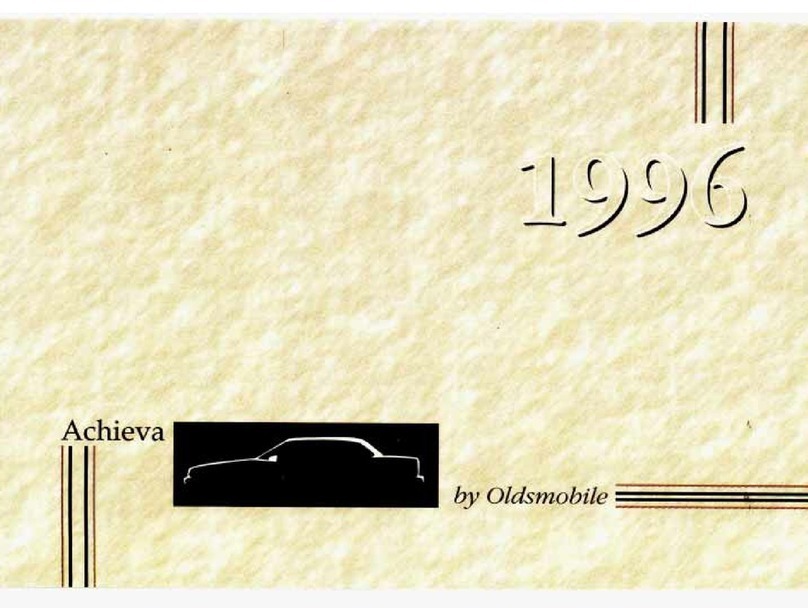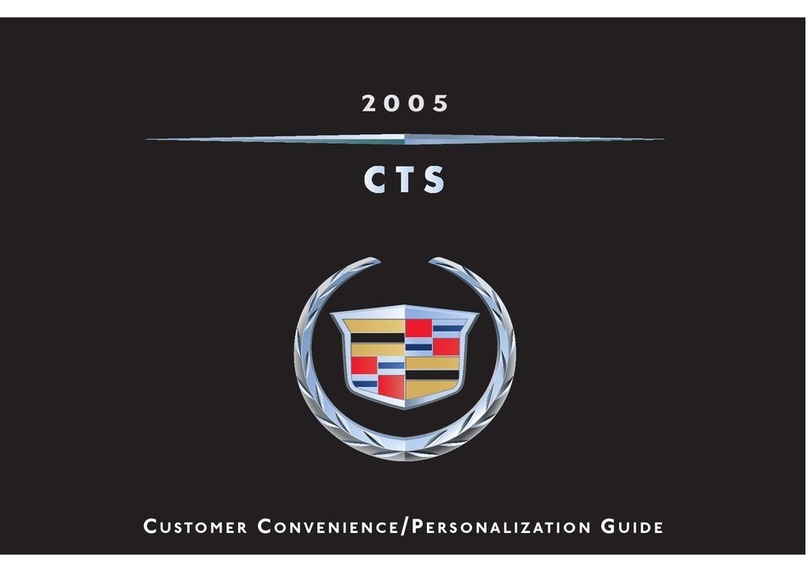
93 – Electric drive systems
1 Hazard classification for the high-
voltage system
⇒ i1.1 nformation”, page 5
⇒ t1.2 raining/staff qualifications”, page 6
1.1 General information
DANGER
The vehicle’s high-voltage system and the high-voltage bat‐
tery are dangerous and can cause burns or other injuries and
even lead to a fatal electric shock.
– Any work on the high-voltage system, or on systems which
could be indirectly affected by it, may only be carried out
by properly trained and qualified expert personnel.
– In the event of queries or uncertainties regarding the terms
"high-voltage technician" or "high-voltage expert", or those
concerning the high-voltage system, the responsible im‐
porter must be contacted prior to the start of any work.
– Any repair work must be performed in accordance with ap‐
plicable laws and regulations, the recognised engineering
practices, any relevant accident prevention regulations (in
Germany, including but not limited to the Information of
the German Social Accident Insurance (DGUV) 200-005 –
Qualification training for work on vehicles with high-voltage
systems), as well as this workshop manual.
Before work on the high-voltage system is started, a high-volt‐
age technician must de-energise the high-voltage system.
The types of work for which the high-voltage system has to
be de-energised are indicated in the list entitled “Work on the
high-voltage system” in the vehicle-specific manuals.
Work for which the high-voltage system has to be de-energised:
♦ Only the HVT is authorised to certify that the high-voltage
system has been de-energised.
♦ All work measures to be carried out on a high-voltage sys‐
tem may only be carried out by a person qualified to at least
the level of electrically instructed person (EIP).
♦ Regardless of the work to be performed, visually inspect
high-voltage components in the work area.
♦ High-voltage cables must not be overly bent or kinked.
♦ In the event of conspicuous findings or uncertainties, the
high-voltage technician (HVT) or the high-voltage expert
(HVE) must be consulted.
♦ Any work involving metal-removing, deforming and sharp-
edged tools or heat sources such as welding, soldering, hot
air, thermal bonding and infrared drying in the vicinity of
high-voltage components and cables is prohibited. In this
case the high-voltage system must be de-energised and the
respective component removed or sufficiently protected.
♦ All listed work refers to the removal and installation or the
renewal of the individual components.
♦ For reasons of safety, the following activities must not be
carried out during charging.
Arteon 2021 ➤, Arteon Shooting Brake 2021 ➤, Golf 2013 ➤, Golf 2017 ➤, Golf Var ...
High-voltage system - General information - Edition 02.2021
1. Hazard classification for the high-voltage system 5



















































